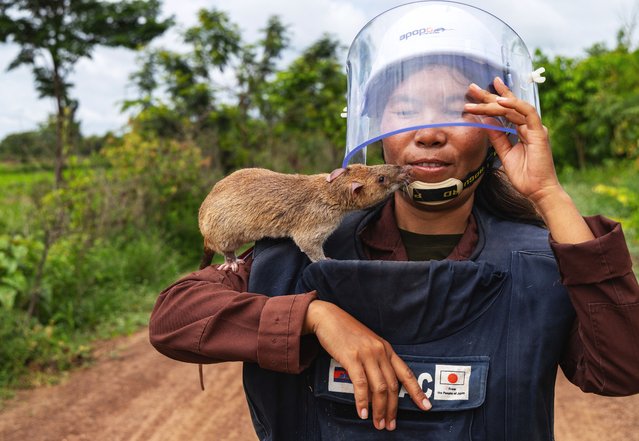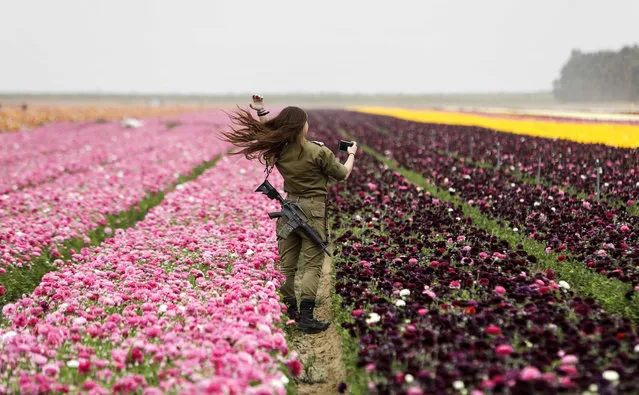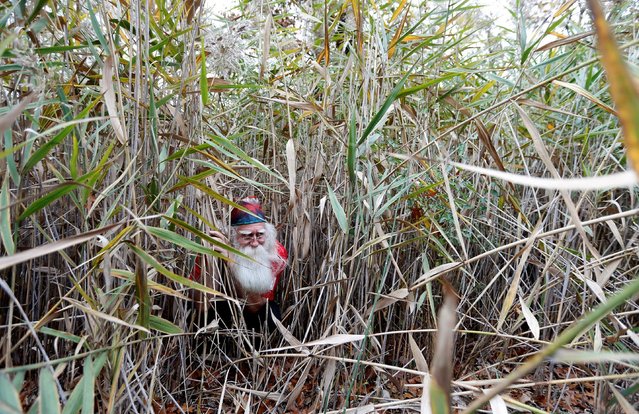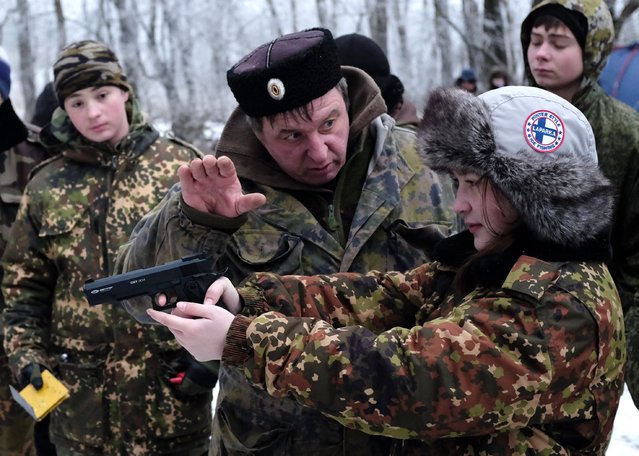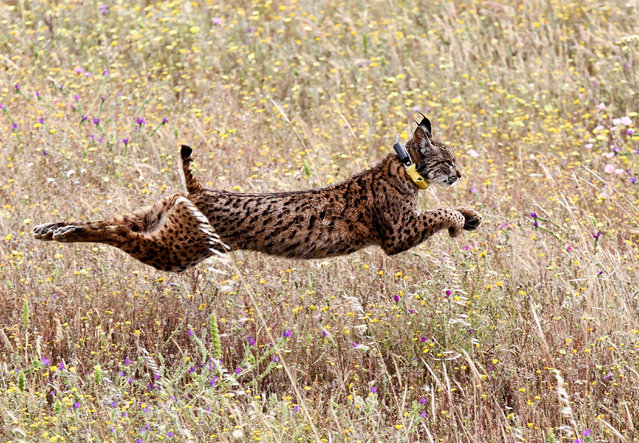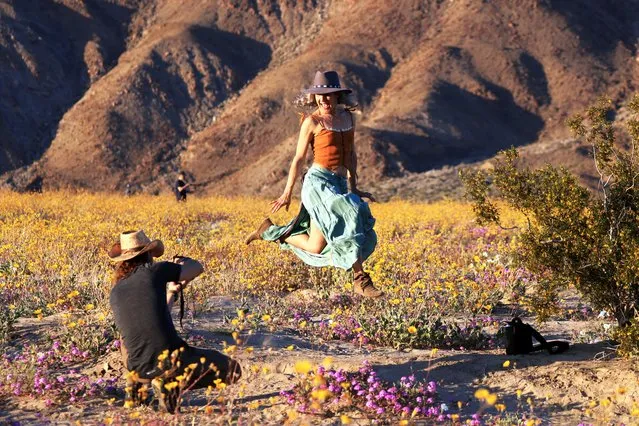
People take photos in a field of Yellow Desert Sunflowers as wildflowers begin to bloom in Anza-Borrego Desert State Park in California after a record-setting wet winter of rain, Anza-Borrego Desert State Park, California, U.S. March 20, 2024. (Photo by David Swanson/Reuters)
29 Mar 2024 05:46:00,post received
0 comments


